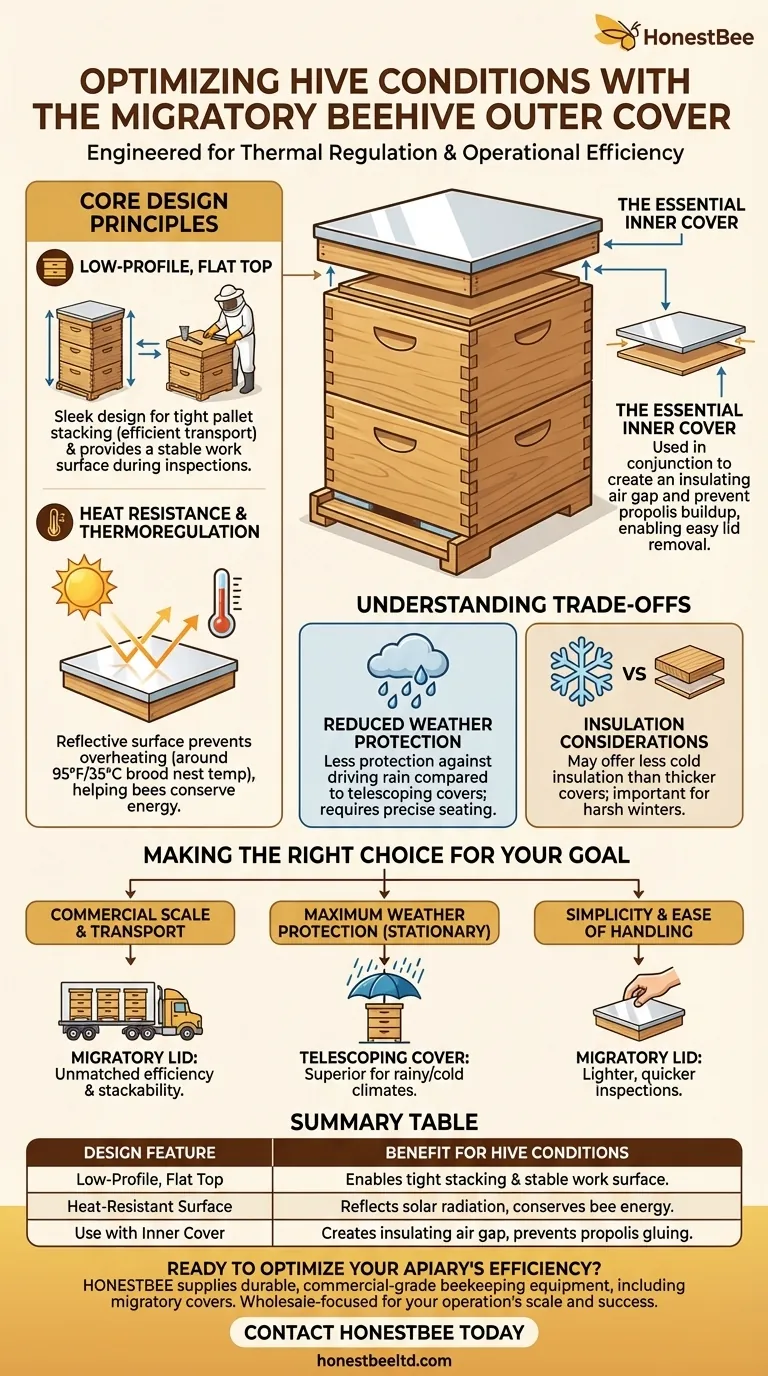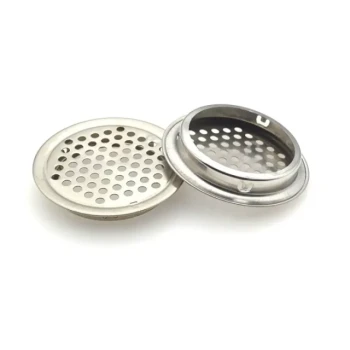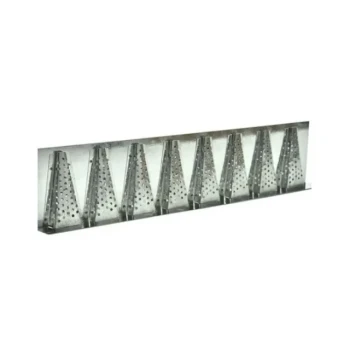In short, the Migratory Beehive Outer Cover's design helps maintain optimal hive conditions through its signature flat, low-profile shape and heat-resistant surface. This minimalist design is engineered for thermal regulation and operational efficiency, especially for beekeepers who need to move or manage many hives at once.
The Migratory Beehive Outer Cover is a specialized tool that trades the maximum weather protection of other lid types for superior portability, stackability, and ease of access. Its core function is to provide essential thermal stability while streamlining the beekeeper's workflow.

The Core Design Principles of a Migratory Lid
To understand its impact on hive conditions, we need to look at its two defining characteristics: its shape and its surface.
The Low-Profile, Flat Top
The most obvious feature is its simple, flat design that sits flush on the top of the hive body. This is a deliberate choice driven by efficiency.
This "sleek" profile allows hives to be stacked tightly against each other on pallets. This is essential for commercial beekeepers who transport hundreds of hives for pollination services, which is where the name "migratory" originates.
During inspections, this flat top also provides a convenient, stable surface to place tools, a smoker, or even a removed frame, simplifying the beekeeper's process.
Heat Resistance and Thermoregulation
A beehive's internal temperature must be carefully regulated, especially in the brood nest where it's kept around 95°F (35°C).
Many migratory lids are covered with a heat-resistant material, such as a white coating or aluminum sheeting. This surface reflects intense solar radiation, preventing the hive from dangerously overheating during hot summer days.
By reducing this external heat load, the cover helps the bees conserve significant energy they would otherwise spend fanning their wings to cool the hive.
Understanding the Trade-offs
While effective, the migratory lid's design comes with important considerations that make it ideal for some situations but less so for others.
Reduced Weather Protection
The primary trade-off is weather resistance. Unlike a telescoping cover, which has overlapping sides that fit down over the hive body, a migratory lid sits directly on top.
This means it offers less protection against driving rain, which can potentially find its way into the hive through the top seam if not perfectly seated.
The Role of the Inner Cover
For this reason, a migratory lid is almost always used in conjunction with an inner cover. The inner cover provides an essential air gap for insulation and prevents the bees from gluing the outer lid to the hive body with propolis.
Without an inner cover, removing a propolized migratory lid can be difficult and disruptive to the colony.
Insulation in Cold Climates
While excellent at reflecting heat, a simple migratory lid may offer less insulation against cold than a thicker, wooden telescoping cover with a larger dead air space. This is a key factor for beekeepers in regions with harsh winters.
Making the Right Choice for Your Goal
The best hive cover is the one that matches your climate and beekeeping style.
- If your primary focus is commercial scale or frequent transport: The migratory lid is the undisputed standard due to its unmatched efficiency and stackability.
- If your primary focus is maximum weather protection in a stationary hive: A telescoping outer cover is often the superior choice, especially in rainy or very cold climates.
- If your primary focus is simplicity and ease of handling: The migratory lid is lighter and less cumbersome than a telescoping cover, making it a good choice for those who value quick, easy inspections.
Ultimately, your choice of hive cover is a foundational decision that directly impacts both the well-being of your bees and the efficiency of your work.
Summary Table:
| Design Feature | Benefit for Hive Conditions |
|---|---|
| Low-Profile, Flat Top | Enables tight stacking for transport and provides a stable work surface during inspections. |
| Heat-Resistant Surface | Reflects solar radiation to prevent overheating, helping bees conserve energy. |
| Use with Inner Cover | Creates an insulating air gap and prevents the lid from being glued down by propolis. |
Ready to optimize your apiary's efficiency and hive health? The right equipment is foundational to success. HONESTBEE supplies durable, commercial-grade beekeeping supplies and equipment—including migratory covers designed for thermal regulation and ease of use—directly to commercial apiaries and distributors through our wholesale-focused operations. Contact HONESTBEE today to discuss your needs and discover how our products can support your operation's scale and success.
Visual Guide

Related Products
- Professional Insulated Winter Hive Wrap for Beekeeping
- Professional Hive Top Bee Feeder for Beekeeping
- Wholesales Dadant Size Wooden Bee Hives for Beekeeping
- Stainless Steel Round Beehive Air Vents for Ventilation
- Inner Beehive Cover for Beekeeping Bee Hive Inner Cover
People Also Ask
- Is it always necessary to insulate beehives? A Guide to Winter Survival & Colony Health
- What factors ensure bees stay warm and healthy during winter? Master the 3 Keys to Hive Survival
- Why is insulation important for hives during winter? Ensure Your Bees Survive and Thrive
- Why is it important to insulate beehives during winter? Boost Your Colony's Survival Rate
- What are the durability features of Bee Blankets? Built to Last in Demanding Apiary Conditions



















